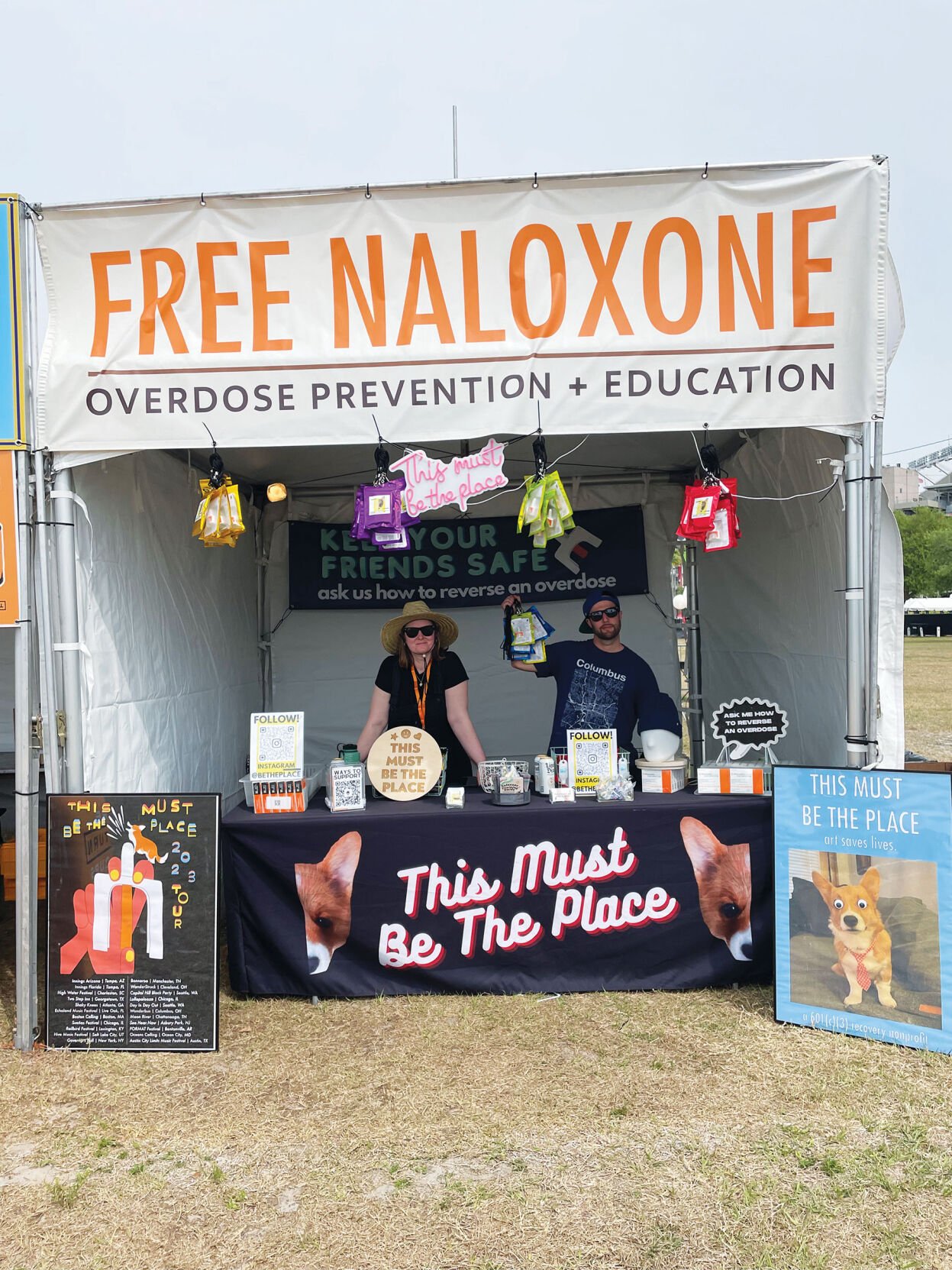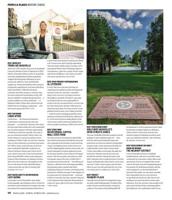
This Must Be the Place
Asking festivalgoers to abstain from drugs is like asking teens to abstain from sex: You can preach abstinence all day long, but some are still going to partake. Drug use has become increasingly dangerous, however, due to a rise in the synthetic opioid fentanyl being found in other drugs. This phenomenon has driven music festivals across the country to reckon with on-site drug use and consider more proactive harm reduction measures — though issues like liability and legislation still present barriers.
Used to decrease drug production costs and increase potency, fentanyl is sometimes added to a variety of drugs, including cocaine, heroin and counterfeit pills. Minuscule amounts can be lethal — as little as 2 milligrams. This phenomenon has led opioid-related overdose deaths to increase significantly in recent years. According to the Centers for Disease Control, in 2021, more than 70,000 people died in the U.S. due to overdosing on synthetic opioids like fentanyl. Recently, authorities have also been alerting the public to the increasing presence of xylazine, an animal sedative, being mixed with opioids. Fentanyl overdoses can be reversed with naloxone, commonly known by one of its brand names, Narcan, if it can be administered in time. Xylazine-reversal drugs do not yet exist, however, and its presence can diminish the effects of naloxone — though naloxone may still help if the xylazine is mixed with opioids.
One attendee has died due to drug overdose at each of the past two iterations of Bonnaroo, in 2019 and 2022. (Bonnaroo was canceled in 2020 and 2021 due to COVID and severe weather concerns, respectively.) An autopsy showed that one of these deaths was fentanyl-related. While Bonnaroo’s medical services are supplied with overdose-reversing drugs, they’re also leaning on nonprofit This Must Be the Place to distribute naloxone to festivalgoers and educate them on how to administer it. This is TMBTP’s second year appearing at festivals. Last year, they aimed to distribute 10,000 doses of naloxone. They surpassed that threshold, and this year they’re hoping to triple the number distributed, at more than 50 events.
Despite the fact that the fentanyl epidemic has been raging for years, increased access to and acknowledgment of life-saving naloxone has come along only recently.
“We pitched every festival that we could think of, and there was some serious trepidation from the promoters, and for every yes we received, there were countless no’s,” TMBTP co-founders Ingela Travers-Hayward and William Perry tell the Scene via email. “After the success of last year, we noticed a major shift in the response coming into 2023. …There are now other organizations who are doing similar activations at other festivals, and this is incredibly encouraging.”
Even with more widespread harm reduction efforts, barriers still exist — largely in the form of access to drug testing strips. While Narcan is more widely available at Bonnaroo, testing strips are not. Grassroots organizations like the Bunk Police distribute test strips at festivals, but they have been removed from Bonnaroo and other festivals before. These tests could be another proactive step in preventing overdoses, but their legality varies from state to state. Tennessee lawmakers decriminalized synthetic opioid testing kits just last year; Bonnaroo organizers confirm that the festival will not provide them.
“There is still quite a bit of [legislation] that would render the distribution of tests fully illegal, and to ignore that would hinder our ability to enter the spaces that we are grateful to be able to provide people with naloxone within,” say Travers-Hayward and Perry. “We hope, and advocate for, future national legislation that would clear the way for us to distribute test strips, but currently it just doesn’t exist.”
Though there are still gains yet to be made, the increased focus on this matter is a step in the right direction. Perry and Travers-Hayward tell the Scene that some festivalgoers are starting to expect “Narcan tents” at these kinds of events.
“A big part of our training is making sure that people understand that carrying this around, no matter their own personal level of substance use, is a way of saying, ‘I care about this, I want to do my part to curb the overdose epidemic, and I’m willing to step in should the moment call for it!’” say Travers-Hayward and Perry.
If you’re attending Bonnaroo this year, be cautious of any substances you’re taking, stay cool and hydrated, and look out for one another. While you’re at it, find TMBTP’s tent. There you can learn about and receive a potentially life-saving dose of naloxone, and talk to some good folks who understand the weight of this epidemic.
Travers-Hayward and Perry share an anecdote from a festival they worked earlier this year in Atlanta, where a young woman approached TMBTP’s booth and picked up a naloxone device. “I had to give this stuff to my brother three times,” she told them, before breaking down in tears. But the story has a happy ending: Travers-Hayward and Perry say the young woman’s brother soon joined her, sharing that he’d been clean for 18 months at that point.
“There we stood, on the grass, having a good cry,” say Travers-Hayward and Perry. “They were so grateful to be enjoying the festival and the music together, seeing some of their favorite bands. … And that, more than anything else that I could say, is how harm reduction works.”




